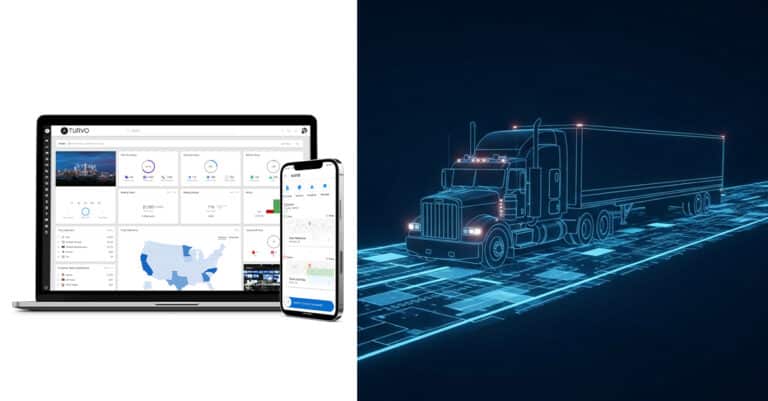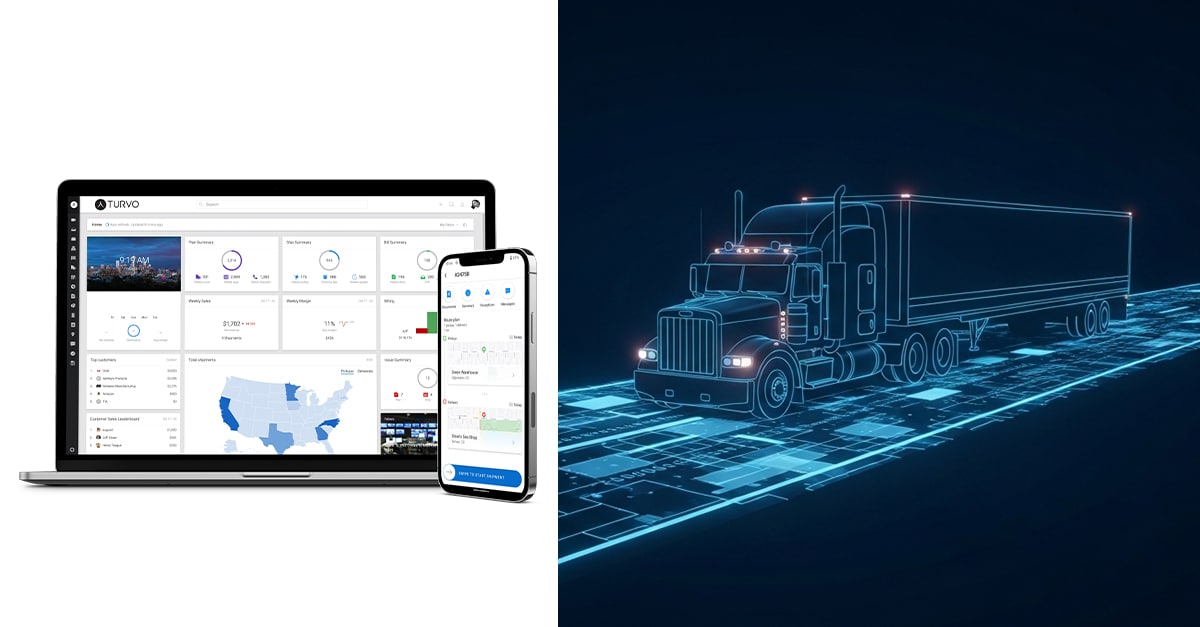Increasing visibility within the supply chain is a hot button topic for leaders around the globe. Furthermore, supply chain leaders face continued calls to control freight spend and intervene before minor issues become major disruptions. The stage is set for a battle between supply chain visibility and real-time supply chain visibility; recognizing the differences between these two forms of visibility is imperative to collaborative logistics.
End-to-End Visibility Remains Elusive
End-to-end visibility is the token calling card of every organization on the planet working with cloud-based networks. As reported by Supply Chain Brain, approximately “80% of supply chain interactions occur across “cloud-based commerce networks, dramatically improving resiliency and reducing the impact of supply disruptions by up to one third.”
Visibility initiatives for the sake of improvement sound great. Unfortunately, not all the visibility improvements translate into returns. For example, visibility requirements that track more information regarding driver status and require a lengthy reporting process can do more damage than good. Essentially, drivers lose time working to handle additional paperwork and working within multiple systems in the hopes of increasing visibility. As a result, the driver begins to lose hours within the HOS regulations, impacting profitability. Furthermore, if visibility requirements are too restrictive, carriers may delay pickups and deliveries and assess additional accessorial charges. Apparently, not all visibility improvements add value, but those that do add visibility without sacrificing quality and efficiency are key. Visibility improvements that work in tandem with existing supply chain systems and do not add unnecessary work are a win-win.
Real-Time Supply Chain Visibility Hinges on Automation
Creating a consumer-centric supply chain has a direct correlation to total supply chain visibility. More visibility within the supply chain creates a better opportunity to increase customer experience and reduce delays. As a result, organizational efficiency increases, kickstarting a self-propagating cycle of continued growth and positive customer interactions. The premise of real-time supply chain visibility relies on the ability of every aspect of the supply chain to know what one another is doing. This includes tracking freight while in transit. For companies that have managed to stay within compliance with the electronic locking devices (ELD) mandate, this is easy. However, logging devices have limitations. Some drivers may lack the resources to put ELDs in place, and if the ELD is connected via a smartphone app, what happens if the driver knowingly shuts it off? While this is more prevalent among smaller carriers, it remains a risk.
As explained by Steve Banker via Forbes, “when [shippers or LSPs] tendered out to smaller carriers to pick up the loads they could not take, the compliance of drivers on those runs was problematic. The drivers might download the app, and then turn off their phone or even uninstall the app. Many drivers do not like the idea of Big Brother watching them.” — So, what can companies do to overcome this risk?
Making the app seamless and hassle-free for drivers and carriers will naturally encourage more drivers to use it. In other words, automated data capture, sharing, and document management within a single app, such as the Turvo Driver App, is driver-friendly. Since drivers know the information and all paperwork resides within that sole application, they are more inclined to follow the basic rules to keep it operating. In addition, using the app eliminates the concerns over dock scheduling by keeping everyone informed, up to and including the creation of scorecards to measure and maintain performance in real-time. Instead of hoping for a congestion-free yard, drivers know what is happening. Therefore, they can move more loads, making greater use of available HOS, and increasing their profitability.
Simple Steps to Reap Real-Time Supply Chain Visibility
Before attempting to overhaul a whole supply chain, executives should take these simple steps:
-
Know what systems are in place first.
-
Unify your technology stack using APIs.
-
Eliminate unnecessary touches to the systems through automated data capture.
-
Embed analytics and payment processing with a centralized, unified supply chain system.
-
Take advantage of self-reporting systems and advanced alerts that enable management by exception.
Tap the Value of Real-Time Visibility With Turvo
Not every software vendor focuses on unifying other supply chain systems, but Turvo does. Turvo’s best-of-breed platform builds on operational efficiency with a connected network to reduce inefficiencies and derive higher ROI. Find out how to implement real-time supply chain visibility based strategies with Turvo online today.








